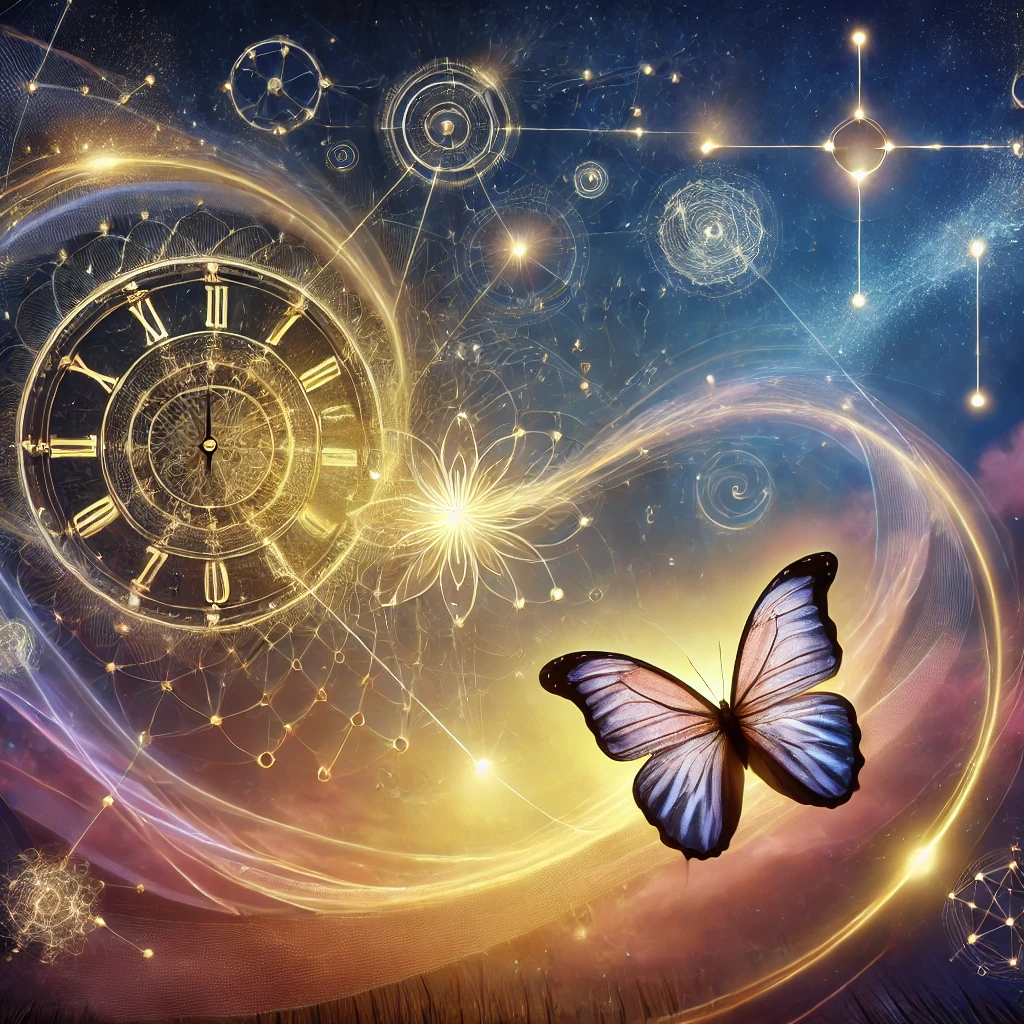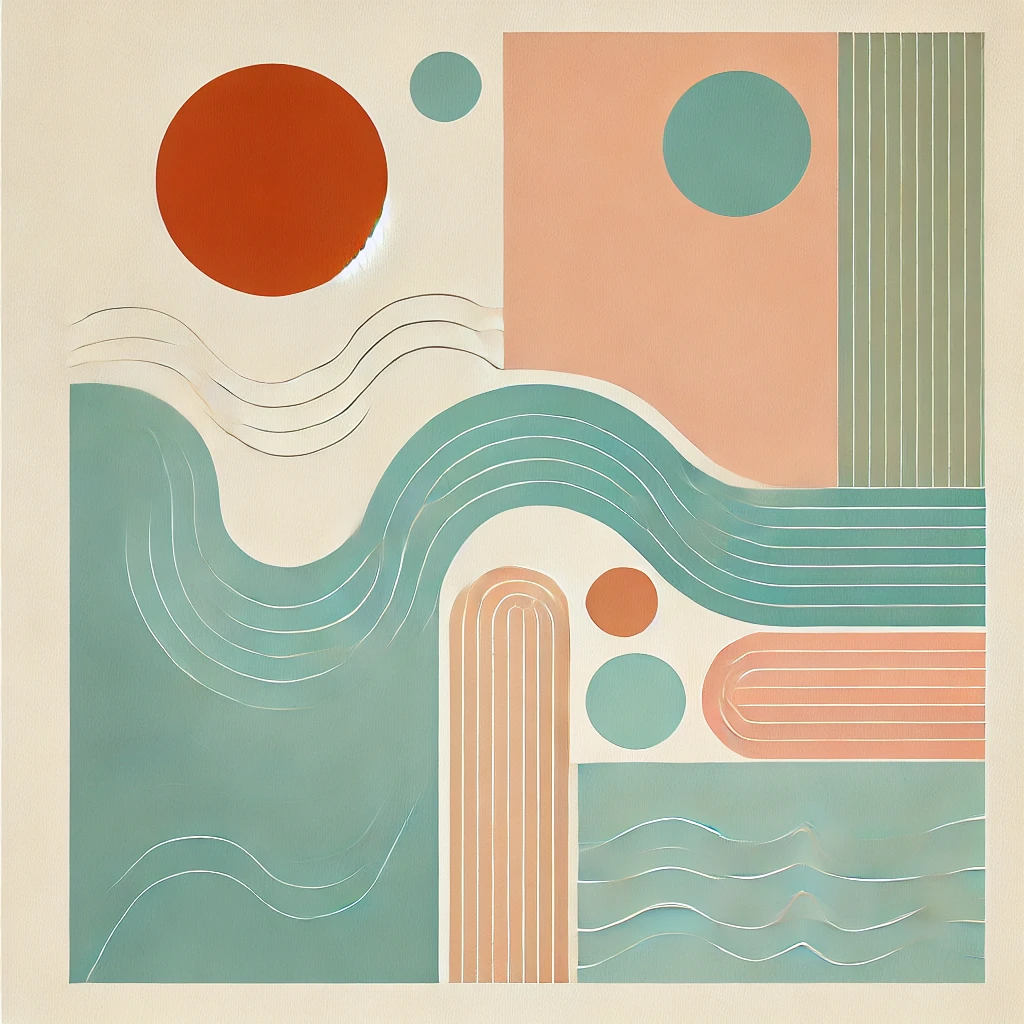Introduction to Jungian Psychology and the Unconscious
Carl Gustav Jung, one of the most influential psychologists of the 20th century, expanded the understanding of the human psyche by introducing the concept of the unconscious mind as a multi-layered and dynamic realm. Unlike Sigmund Freud, who focused primarily on repressed desires and memories, Jung emphasized the collective unconscious, a repository of shared human experiences and archetypal symbols. His theories revolutionized psychology by offering a deeper exploration of the unconscious, viewing it not as a dark, repressed space but as a source of insight, creativity, and growth. Jung believed that by unlocking the unconscious, individuals could achieve a more integrated, authentic self.
Jung’s approach to the unconscious involved exploring both the personal unconscious—unique to the individual—and the collective unconscious, which houses universal symbols or archetypes. These symbols often emerge in dreams, myths, and art, and they hold profound meaning that can guide personal transformation. By actively engaging with these unconscious elements, Jung believed individuals could embark on a process of individuation, or the integration of all aspects of the psyche, leading to psychological wholeness and self-realization.
Dreams and Their Symbolic Language

Dreams are central to Jung’s methodology for unlocking the unconscious. He viewed dreams as the “royal road to the unconscious,” offering a window into hidden thoughts, unresolved conflicts, and archetypal patterns. Unlike Freud, who emphasized the manifest content of dreams as expressions of suppressed desires, Jung believed that dreams convey compensatory messages, balancing the conscious mind by presenting what is neglected or repressed. This compensatory function ensures psychological equilibrium.
The language of dreams is inherently symbolic, with images and narratives that must be interpreted in the context of the dreamer’s life. For instance, a recurring dream of a dark figure might signify the Shadow, representing repressed or unacknowledged aspects of the self. Archetypal symbols, such as the mandala, signify deeper universal truths about the human psyche. By analyzing and engaging with these symbols, individuals can access guidance, resolve internal conflicts, and integrate unconscious elements into their conscious awareness.
Archetypes and the Collective Unconscious

A cornerstone of Jungian psychology is the collective unconscious, a shared reservoir of inherited memories and patterns common to all humanity. Within this realm reside archetypes, universal symbols that shape human behavior, thought, and culture. Archetypes, such as the Hero, the Shadow, the Anima/Animus, and the Self, appear in dreams, myths, and stories across cultures, reflecting the shared human experience.
For example, the Hero archetype represents the journey of overcoming adversity, while the Shadow embodies the darker, hidden sides of the psyche. The Anima and Animus represent the contrasexual components within individuals, promoting balance between masculine and feminine traits. The ultimate archetype, the Self, symbolizes psychological wholeness and integration. Jung believed that understanding and working with these archetypes is key to uncovering the unconscious and achieving individuation.
Synchronicity and the Dance of Coincidence

Jung introduced the concept of synchronicity to describe meaningful coincidences that lack a causal relationship yet hold deep significance for the individual. These events often occur when the unconscious aligns with external circumstances, creating a profound sense of interconnectedness. Synchronicity challenges the traditional notions of cause and effect, emphasizing instead the acausal principles that govern the psyche.
An example of synchronicity might be thinking about an old friend only to receive a message from them unexpectedly. For Jung, such occurrences were not random but symbolic, reflecting the alignment of inner psychological states with external reality. Synchronicity serves as a reminder of the interconnectedness of all things, offering insight into the deeper workings of the unconscious and its relationship with the external world.
The Process of Individuation

Individuation is the process of integrating the conscious and unconscious aspects of the psyche to achieve psychological wholeness. Jung viewed this journey as the ultimate goal of human development, where individuals confront their Shadow, integrate the Anima or Animus, and realize their true Self. This transformative process often begins with a crisis or a sense of incompleteness, compelling individuals to explore their inner worlds.
The individuation process involves confronting hidden fears, unresolved conflicts, and repressed emotions. Through dream analysis, active imagination, and shadow work, individuals gradually harmonize opposing aspects of their personality. For instance, a highly rational person might need to embrace their emotional side to achieve balance. By completing this process, individuals move closer to becoming their authentic selves, free from societal masks and inner turmoil.
Practical Steps to Engage with the Unconscious

Jung provided several techniques for unlocking the unconscious, making his theories accessible and actionable. One of the most effective methods is dream analysis, where individuals record and interpret their dreams to uncover symbolic messages and hidden truths. Keeping a dream journal allows for a systematic exploration of recurring themes and archetypes.
Another powerful technique is active imagination, where individuals consciously engage with images, figures, or scenarios from their unconscious through visualization or creative expression. Shadow work, which involves identifying and integrating repressed traits, fosters self-awareness and reduces internal conflicts. Jung also emphasized the importance of creativity, encouraging individuals to use art, writing, or music to express and explore unconscious content. These practices are transformative tools for navigating the depths of unconsciousness.
Take away

The Journey Towards Wholeness
Carl Jung’s approach to unlocking the unconscious is not merely an intellectual exercise but a transformative journey towards wholeness. By engaging with dreams, archetypes, synchronicities, and shadow work, individuals can access the hidden realms of their psyche, achieving a deeper understanding of themselves and their place in the universe. This process of individuation leads to psychological balance, personal growth, and an authentic, fulfilling life.
Jung’s legacy continues to inspire those seeking to explore the mysteries of the unconscious mind. His work reminds us that the unconscious is not an enemy to be feared but a treasure trove of wisdom, creativity, and healing. By embracing the symbolic language of the psyche and integrating its messages, we can transcend inner conflicts and realize our fullest potential. In doing so, we contribute not only to our personal transformation but to the collective evolution of humanity.
